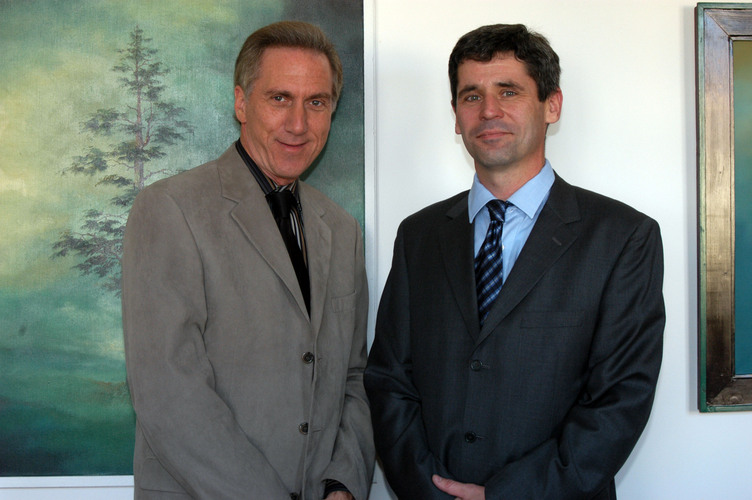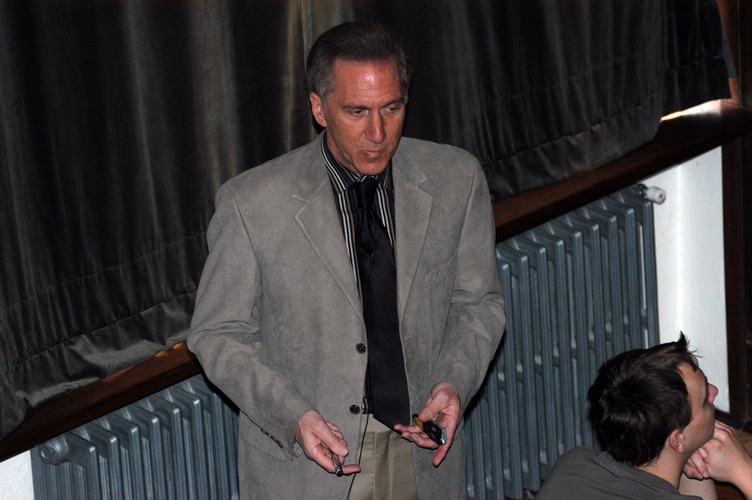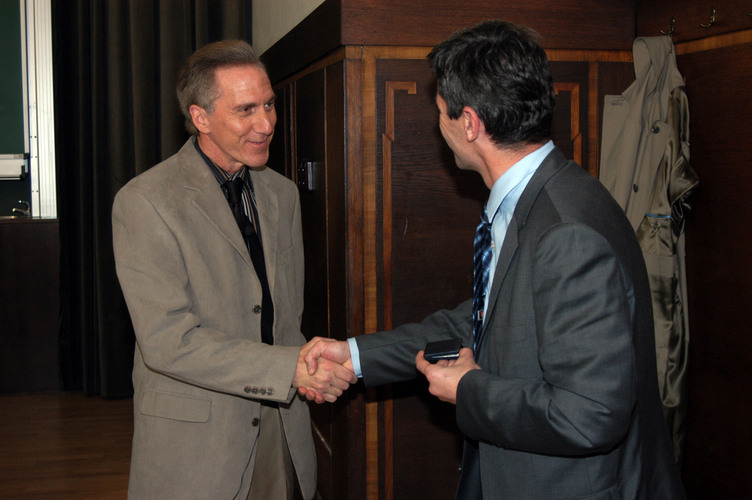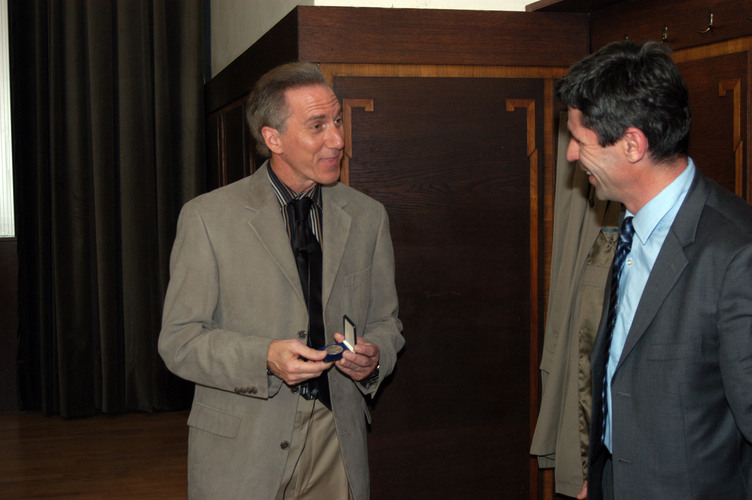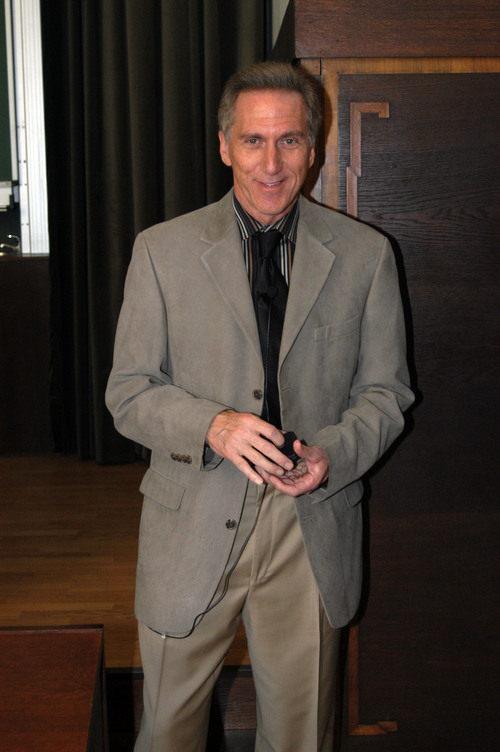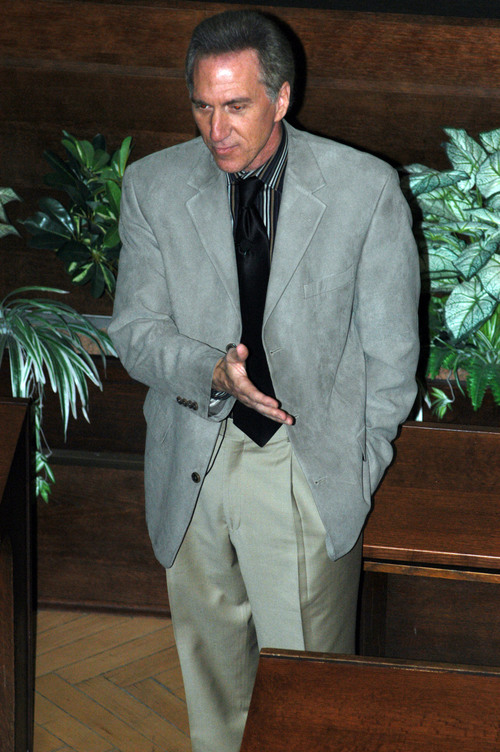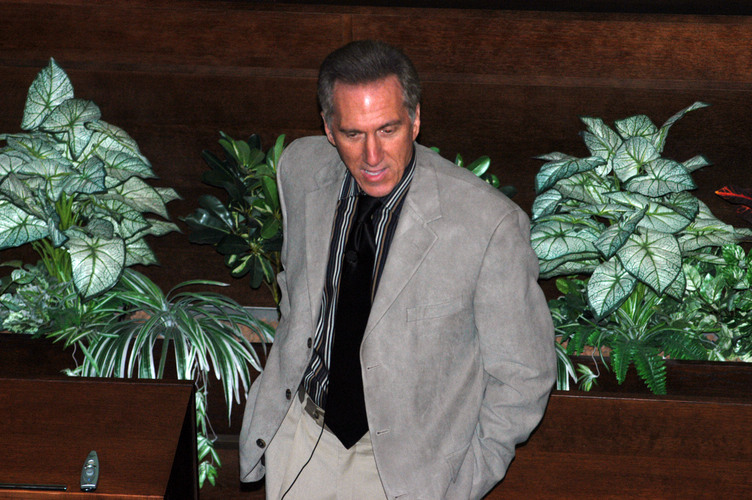
Prof. Bruce H. Lipshutz (University of California, Santa Barbara, CA, USA)
Enabling Technologies Based on the Chemistry of Coenzyme Q10
Abstract
Coenzyme Q10 is among the most important of dietary supplements; indeed, it is an essential vitamin-like substance without which there would be no life as we know it. It mediates such fundamental bioprocesses as human respiration and hence, energy production. And as a compound of evolution, it is a time-honored, potent antioxidant (in its reduced, hydroquinone form) in the non-aqueous portions of our cells.

Although most of the world’s supply of CoQ10 remains a fermentation product of Japan, chemical synthesis looking to compete with such an approach will require very sophisticated technology. Our latest chemistry that enables access to this nutraceutical based on new advances in carboalumination chemistry will be initially briefly discussed. The future of CoQ10 is not tied to its availability; rather, it will depend heavily on its bioavailability. That is, how to make this especially lipophilic substance both water-soluble and membrane permeable? To accomplish this goal in an economic fashion, use of the nonionic surfactant ‘PTS’ will be discussed: its miceller properties, capabilities for water solubilization, and applications to the nutra- and pharma- arenas.

Based on the remarkable ability of PTS to dramatically solubilize lipophilic species (in water), as well as reduce particle size to the nanometer level, organic synthesis should benefit from the solely aqueous nature of the environment surrounding its use. Given the ongoing accent on developing environmentally friendly yet robust processes, several new methods highlighting organometallic reactions in PTS/water will be discussed, including Heck and Suzuki couplings, and Grubbs metathesis. A second-generation catalyst has also been prepared recently that allows for reactions to be run in water with catalyst recycling. All of the chemistry to be presented, aside a few introductory slides, is unpublished.
